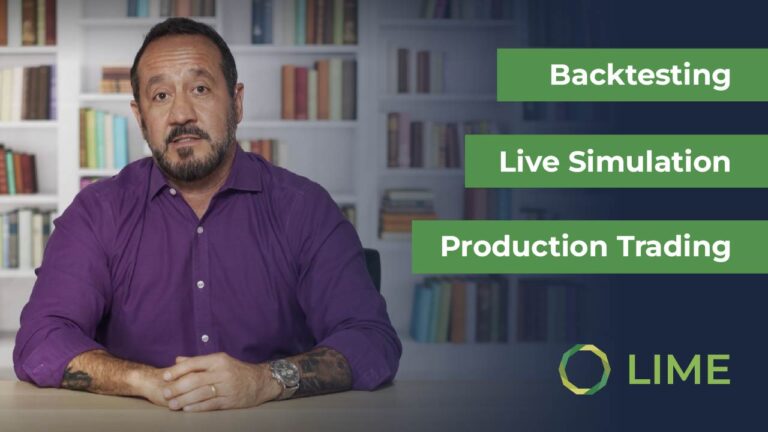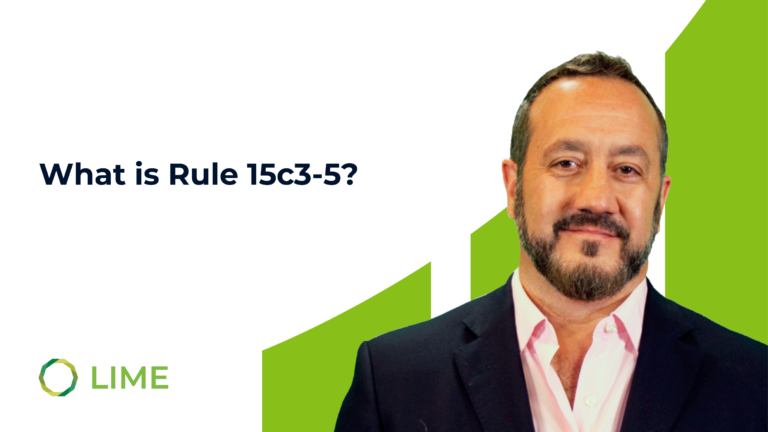
More and more traders are hearing about Direct Market Access (DMA) brokers, so we are looking at some of the major differences between DMA brokers versus traditional retail trading brokers.
DMA is the process that developed as financial markets moved on from traditional open outcry trading on exchange trading floors towards decentralized electronic, screen-based trading. As technology improved, the opportunity for investors and other buy side traders to trade amongst themselves right at the exchange level, rather than handing orders over to brokers for execution, evolved. The implementation of the Financial Information eXchange (FIX) protocol in 1992 gave market participants the ability to route orders electronically to execution desks. As the technology advanced, more detailed order instructions developed.
The obvious next step, enabling investors to work their own orders directly on the order book without going through market makers, was first offered by ECNs such as Instinet. As a means of survival, investment banks began acquiring these companies — Nomura Holdings purchased Instinet in 2007 — and developing their own DMA technologies.
DMA is not new at this point, but it is just now starting to take a foothold in the brokerage arena. There are several differences between DMA brokerage and traditional brokers with which retail traders may already be familiar.
You Get What You Pay For
The obvious first choice to discuss is, there are typically fees and or commissions present with DMA. The question then becomes, “I don’t pay commissions now, why should I pay for commissions with DMA brokers?”
Immediately, the idiom “you get what you pay for” comes to mind. In the DMA brokerage world, you have direct access to the way your order is routed. Your order goes straight to the market with DMA, whereas in the traditional broker world, your order goes from your computer to the intermediary broker, then to the market.
This extra step is the major difference between DMA and the traditional retail brokerage world. When you are trading with a DMA broker, you have control over how your order is routed. One benefit of this is that the trader can choose the specific stock exchange that the order is routed over. For example, you can choose to have your order sent straight to the NYSE or Nasdaq, ARB, AMES, EDGX, or the BATS Exchange.
Additional Benefits of Trading DMA
Choosing where an order goes can provide the DMA trader with several additional benefits. One benefit of trading DMA is speed since they have gone straight to the source for filling their orders and cut out the brokerage middleman. Depending on the ECN and order type, they may also be eligible for trading rebates, which can help to offset the fees or commissions.
Perhaps most importantly, because they can see all the different exchanges, they can determine the best way to have their order executed and they can have opportunities to get a much better fill than traders who utilize a traditional retail account.
Besides being able to see all the various places to get their order filled, DMA traders also avoid the common retail broker practice of selling the order flow. In the standard retail account, the zero commissions model is made possible by selling the order flow to HFT (High Frequency Trading) firms. These HFT firms pay for the order flow since they can utilize the information to generate trading revenues. By selling the order flow, however the retail brokers do not necessarily focus on obtaining the best fill for the order.
There are, however, some hurdles to clear before deciding that Direct Market Access is your best fit. Traders need a more advanced skill set to benefit from some of the advantages listed above. There are often fees for DMA, such as commission fees and volume fees, and (depending on trading strategy) you may need to satisfy a minimum account balance, due to pattern day trading rules.
Final Thoughts
As we mentioned earlier, these benefits come with a cost that varies from broker to broker and is generally based on the share size traded, with some having transaction minimums.
However, for a large, systematic, price sensitive or active trader, the benefits often far outweigh the fees, especially when one can also take advantage of available rebates.



